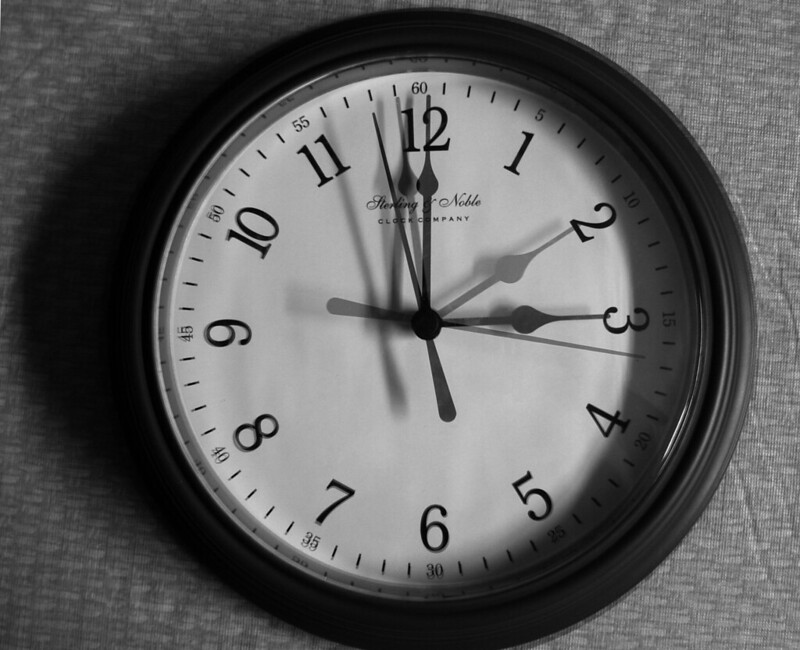Daylight Savings to be Abolished?
“Daylight Savings Time” by Denise Mattox; Licensed under CC-BY-ND
Daylight savings time occurs annually on the last Sunday of April at two in the morning.
January 23, 2023
Daylight savings time occurs annually on the last Sunday of April at two in the morning, causing everyone to turn their clocks forward an hour. Besides Hawaii and Arizona, the entire United States observes daylight savings. Daylight savings time was a practice that came and went between World War l and World War ll, eventually becoming a national custom with the Uniform Time Act of 1966.
“I definitely think that if we didn’t have daylight savings, it would not make a huge difference in the world,” Clague eighth grader Cloe Streeter said. “The only thing that would change is probably how bright or how dark the sky is.”
As of late, a number of people have begun opposing daylight savings time.
“In March [2022], the Senate suddenly and unanimously passed legislation to do away with the twice-yearly time changes, making daylight saving time permanent,” Alan Yuhas said in a New York Times article titled Why Do We Change the Clocks, Anyway?
However, the bill still has to be approved by both the House and President Joe Biden. If it does, the official change would not occur until November of 2023, according to The New York Times.
“I think that having fall back and having daylight savings definitely fits into our time of the day, meaning that we get to do more things than if it was never a thing,” Streeter said. “I think that the times that we have right now fit pretty well because obviously if it was super light outside at four in the morning, it would be pretty hard to adjust. And if it was four in the evening and it was really dark, it would be just hard. I think our lifestyle right now fits pretty well.”
Abolishing daylight savings time could have potential benefits, including aiding in a better circadian rhythm for everyone. However, some might enjoy the “fall back” portion of daylight savings time, giving them an extra hour of sleep before Monday.








Bethany Lindner • Mar 13, 2023 at 9:52 am
The information below was recently sent out by the AAPS Physical Properties Department. I thought you might find it interesting.
Don’t forget to set your clocks ahead 1 hour when you go to bed on Saturday night.
The federal law that dictates daylight saving time as we know it today is the Uniform Time Act of 1966, which implemented a uniform time and date all states forwarded their clocks to observe daylight saving time. States were again given the option to not observe daylight saving time and remain on standard time. Two states: most of Arizona and Hawaii stay on standard time year round.
Originally, daylight saving time began on the last Sunday of April and ended on the last Sunday of October, according to the Congressional Research Service.
In 2005, Congress amended the Uniform Time Act to expand daylight saving time to the period in effect today: Starting on the second Sunday of March and ending on the first Sunday of November, according to the Congressional Research Service. This move was again for energy saving purposes.
A Department of Energy study following the amendment’s implementation found the extra four weeks of daylight saving time saved around 0.5% in total electricity daily in the U.S., equaling energy savings of 1.3 billion kilowatt-hours annually.
Have a great weekend,
The Physical Properties and Capital Programs Team